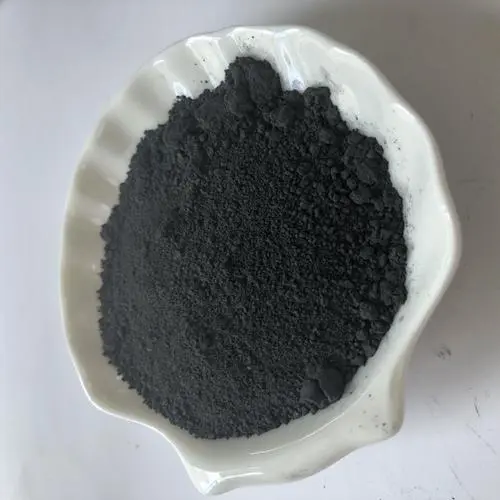The different Types of Fluoroelastomers
Jan 16,2024
Fluoroelastomers combine excellent chemical resistance (e.g., oxidizing acids and alkalis) and high-temperature resistance (i.e., up to 275–300°C for short periods); excellent oxidation resistance; good resistance to fuels containing up to 30% aromatics; mostly poor resistance in solvents or organic media by contrast with fluorinated plastics.

Viton® fluoroelastomers. There are three major general-use families of Viton fluoroelastomer: A, B, and F. They differ primarily in their resistance to fluids and, in particular, aggressive lubricating oils and oxygenated fuels, such as methanol and ethanol automotive fuel blends. A full range of Viton® grades accommodates various manufacturing processes, including transfer and injection molding, extrusion, compression molding, and calendering. There is also a class of high-performance Viton® grades such as GB, GBL, GF, GLT, and GFLT.
Viton®A is a family of fluoroelastomer dipolymers; they are polymerized from two monomers, vinylidene fluoride (VF2) and hexafluoropropylene (HFP). Viton®A fluoroelastomers are general-purpose types suited for general molded goods such as o-rings and v-rings, gaskets, and other simple and complex shapes.
Viton®B is a family of fluoroelastomer terpolymers; that is, they are polymerized from three monomers: vinylidene (VF2), hexafluoropropylene (HFP), and tetrafluoroethylene (TFE). Viton®B fluoroelastomers offer better fluid resistance than A-type fluoroelastomers.
Viton®F is a family of fluoroelastomer terpolymers; that is, they are polymerized from three monomers: vinyl fluoride (VF2), hexafluoropropylene (HFP), and tetrafluoroethylene (TFE). Viton®F fluoroelastomers offer the best fluid resistance of all Viton types. F types are particularly useful in applications requiring resistance to fuel permeation.
Viton®GBL is a family of fluoroelastomer terpolymers; that is, they are polymerized from three monomers: vinyl fluoride (VF2), hexafluoropropylene (HFP), and tetrafluoroethylene (TFE). Viton GBL uses peroxide cure chemistry, resulting in superior resistance to steam, acid, and aggressive engine oils.
Viton®GLT is a fluoroelastomer designed to retain the high heat and the chemical resistance of general-use grades of Viton fluoroelastomer while improving the low-temperature flexibility of the material. Viton GLT shows a glass transition temperature of 8–12°C lower than general-use Viton grades.
Viton®GFLT is a fluoroelastomer designed to retain the high heat and the superior chemical resistance of the GF high-performance types while improving the low-temperature performance of the material. Viton GFLT shows a glass transition temperature of 6–10°C lower than general-use Viton grades.
- Related articles
- Related Qustion
Supplementation with pyridoxal 5'-phosphate monohydrate can synthesize neurotransmitters such as dopamine and serotonin, maintaining a healthy nervous system.....
Nov 4,2025Biochemical EngineeringTitanium diboride was originally developed to make lightweight armor for US and Soviet army tanks. It also has many commercial applications such as nozzles, seals, cutting tools, dies, wear parts due to its corrosion resistance, and also mo....
Jan 16,2024APIFluoroelastomers
64706-30-5You may like






